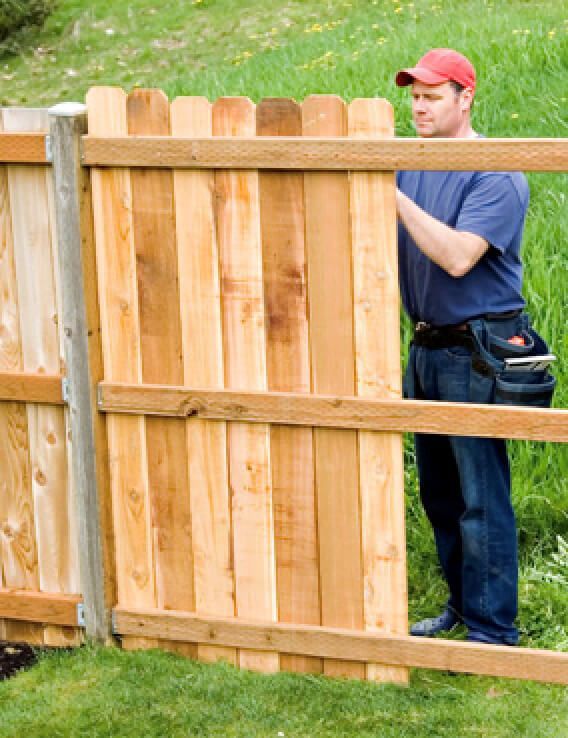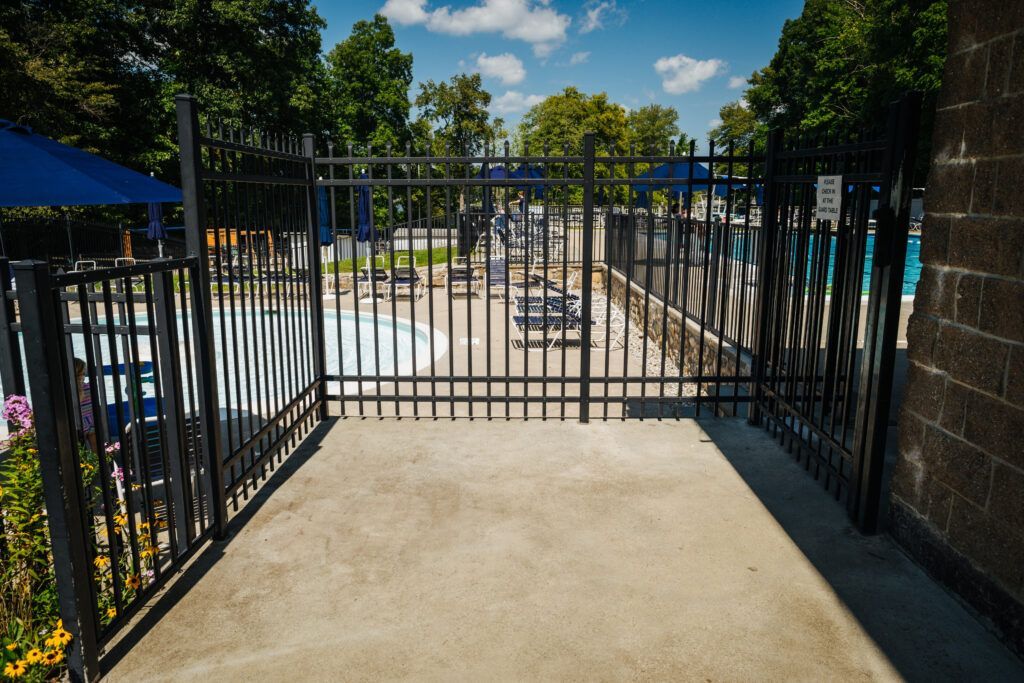Is It Rude to Put Up a Privacy Fence?
A privacy fence is built to shield your property, ensuring privacy for both you and your neighbors. While there’s nothing impolite about installing a privacy fence, it’s advisable to engage in a discussion with your neighbors and homeowners’ association. Before proceeding with the installation of a privacy fence, there are several considerations and preparations that should be addressed.
Understanding Neighborhood Rules
If you live in a neighborhood with a homeowner’s association, there may be some rules and regulations that go into installing a privacy fence such as materials, size, and even the aesthetics. Always be sure to double check the guidelines before investing in your privacy fence.
Finding Your Property Line
Finding your property line is important, as you don’t want to overstep onto your neighborhoods property. If you are unsure of where your property line begins, you can always check the deed of your home.

Researching Local Laws
Certain towns require a permit for installing a new fence, while other towns don’t. It is important to do your research and make sure that you are following all of the proper guidelines and laws that apply to your specific town and neighborhood. This ensures you’re aware of any height restrictions, materials allowed, or zoning regulations. Knowing the local laws helps you avoid potential issues, ensuring a smooth and trouble-free process for your privacy fence installation. Always reach out to your local municipality or neighborhood association for any additional information or clarification on these rules.
Deciding On a Budget
The cost of installing a privacy fence can vary depending on the material you use, the size of the fence, and who you hire to install it. Make sure you do your research first to determine what exactly falls under your budget. Consider any potential additional expenses for any necessary permits or unexpected issues that may arise during the installation process. This approach ensures you have a clear understanding of the financial aspects involved and helps prevent any budget surprises.
Choosing The Right Material
There are a few factors that play into choosing the material of your fence such as price, aesthetics, and sometimes homeowner’s association rules. If your HOA has a say in the type of fence you install, make sure you gather that information beforehand so you don’t waste any money. There are also several different types of fences you can choose such as wood, aluminum, and vinyl. This all comes down to whatever is right for you that follows your local guidelines.

Consulting With Neighbors
Installing a privacy fence not only affects your property, but your neighbor’s as well. While you don’t necessarily need your neighbor’s permission to install a privacy fence, it is common courtesy to discuss with them and let them know your plans. If your neighbors express concerns or objections to your privacy fence plans, take the time to address their worries and find potential compromises. Open communication can foster positive relationships within the community.
Maintaining Aesthetics
Consider how your privacy fence will impact the overall aesthetics of the neighborhood. Opt for a design that complements the surrounding homes and landscape to maintain a cohesive and pleasing visual appeal.
Hiring Professional Installers
To ensure a seamless and efficient installation process, consider hiring professional fence installers. Their expertise can help avoid potential conflicts and ensure the fence is installed according to local regulations and standards.
Respecting Landscape and Nature
Before installing a privacy fence, assess its impact on the natural landscape. Consider existing trees, shrubs, and other natural elements, ensuring your fence installation respects and preserves the beauty of the environment. Incorporate landscaping elements that complement the fence, enhancing the overall aesthetic appeal.
Post-Installation Maintenance
Once your privacy fence is installed, it’s crucial to implement proper maintenance. Regular inspections, repairs, and upkeep will not only enhance the fence’s longevity but also contribute to the overall well-being of the neighborhood.
Installing a privacy fence can be a respectful choice for personal space, but it requires careful consideration and collaboration with neighbors and local regulations. By understanding neighborhood rules, determining property lines, researching local laws, establishing a budget, choosing the right material, and consulting with neighbors, you can navigate the process with courtesy and ensure a harmonious living environment for everyone.
The post Is It Rude to Put Up a Privacy Fence? appeared first on Young's Fencing & Landscaping.









Share On: